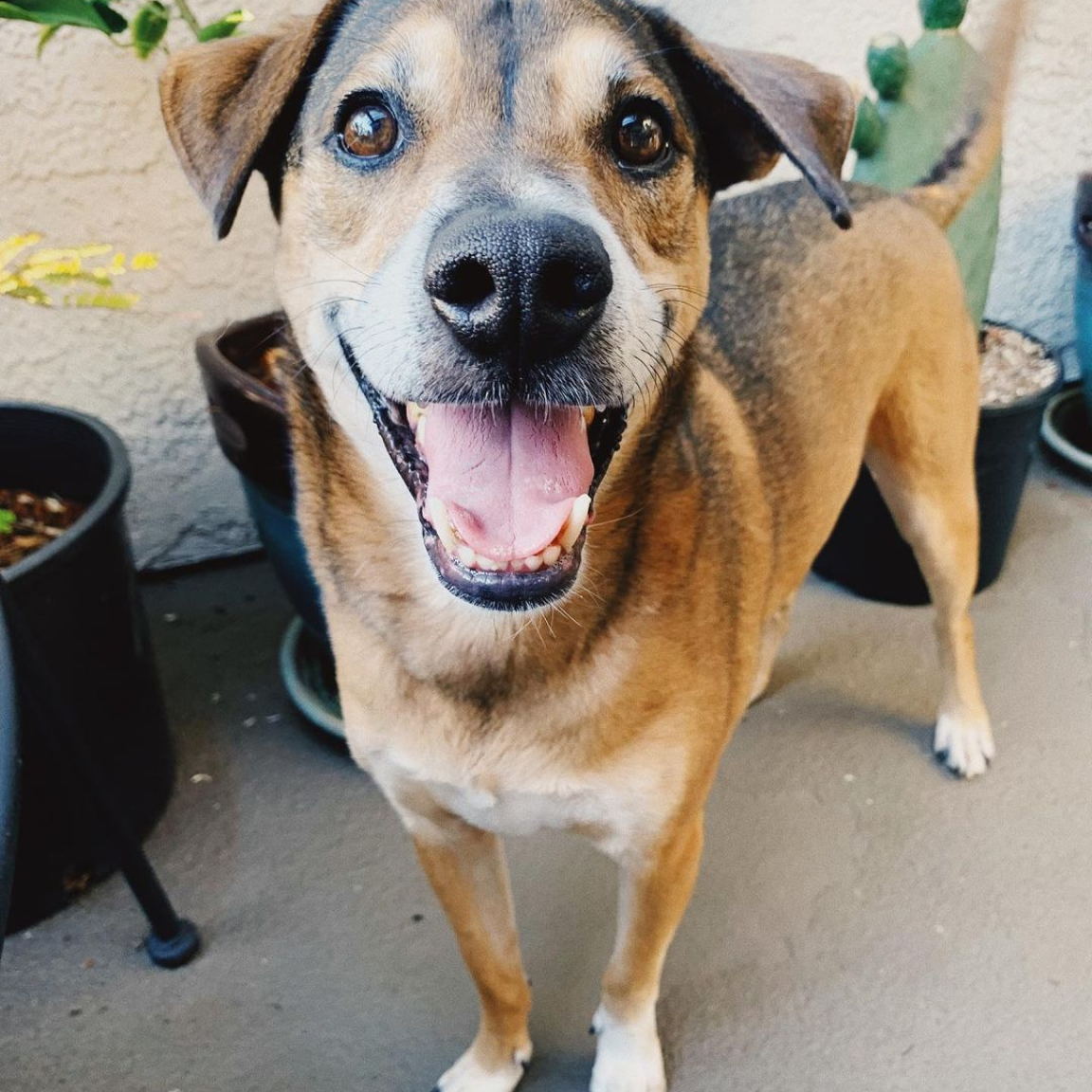
Emergencies Happen: Be Prepared - Prepare Your Pet For Emergency Situations
Potential emergency situations can come in many different forms. Natural disasters such as hurricanes, tornados, floods, wildfires, or violent storms can cause havoc on your city and your home. When it comes to emergencies or potentially dangerous situations it is vital that you are prepared to protect your family and your pets.
If you don't create an emergency plan or evacuation plan for your pets then this could potentially put their lives in danger, put your life in danger, or even put the lives of first responders in danger. It is highly recommended that you create an emergency plan for your pets in order to keep everyone safe during emergency situations.
By preparing for emergency situations you can help to keep your pets safe even during the most dangerous situations.
Making An Emergency Plan For Your Pet
Whether you are facing a natural disaster or a medical emergency, it is important to create an emergency plan for your family as well as all of your pets. Having a plan in place will help to keep your family safe by helping you make decisions quicker, reduce stress, and make the entire process move more smoothly.
A medical emergency plan may require you to figure out the quickest and most efficient way to take your pet to an animal hospital but a natural disaster plan will help you evacuate as quickly as possible.
A few things to include in your emergency plan are:
- Create An Emergency Checklist - Creating a checklist with all of the potential items and objectives that must be completed can help to speed up the time it takes for you to be prepared. Use the CDC's Pet Disaster Checklist As An Example.
- Have A "Go Bag" - Create a bag of necessities that your pet needs such as food, water, required medicine, a collar with an ID tag, a leash, and a basic first aid kit.
- Develop A Buddy System - Plan for potential natural disasters or medical emergencies by planning with friends, family, or neighbors. Develop a plan in order to have reliable individuals who can support each other in times of emergency.
- Have Your Pet Microchipped - It is recommended to have your pet microchipped with up-to-date contact information in case your pet ever gets lost during an emergency situation. It is also recommended to have up-to-date contact information on their collar's ID tag.
- Stay Up-To-Date With Local Emergency Protocols - During emergency situations it is important to stay informed on the most recent information released by local emergency management offices, animal control offices, and other local ordinances.
Create A Disaster Kit
Creating a disaster plan is just the start, just as many individuals have created an emergency supply kit for their families, it is important to create a disaster kit for your pets. This disaster kit should help to provide your pets with all of the necessities they need to survive. You should create a disaster kit and make sure to regularly review the contents of the kit.
Here are a few of the most basic items that should be included in your pet's disaster kit:
- Food - Keep 2-3 days worth of pet food in an airtight container.
- Water - Provide a water bowl and multiple days' worth of water.
- Medicine - Keep a supply of essential medicine, supplements, or additives that your pet takes on a daily basis.
- Basic First Aid Kit - Prepare a basic first aid kit to treat any minor injuries that your pet may experience. Your veterinarian will be able to recommend a first aid kit that is the most appropriate for your pet's medical requirements.
- Leash & Collar With ID Tag - During a time of emergency, it is important that your pet is identifiable at all times. This could be from a microchip or an ID tag.
- Pet Crate, Travel Bag, or Carrier - A pet carrier can make it easier to keep your pet calm and make it easier to move more effectively during a time of emergency.
- Pet Comforting Items - An emergency situation is stressful for you but also for your pets. Providing your pets with comforting items such as familiar bedding, their favorite treats, or toys can help to relieve the stress your pet may be suffering from.
Prepare For Potential Medical Emergencies
No pet parent wants to think about their pet suffering from a medical emergency but acquiring knowledge, having a plan, and learning basic first aid training can save precious time in order to get our beloved pets the care they need. Learning about when your pet is in need of emergency medical care can be the first step in order to helping your furry friend.
There are many different types of life-threatening injuries or illnesses that your pet could potentially suffer from but it is important to understand the signs of a potential medical emergency.
It is recommended to seek emergency medical care as quickly as possible if these symptoms occur:
- Seizures
- Loss of consciousness
- Difficulty standing
- Excessive bleeding
- Rapid pulse or weak pulse
- Fainting
- Excessive vomiting or diarrhea
- Apparent eye injury
- Hunched-up appearance with a tight stomach area
It is important to be able to recognize these symptoms as these could be a sign that your pet is struggling with breathing, blood flow, intestinal health, or other potentially dangerous issues. If you are able to identify these symptoms then you will be able to get your pet to the animal hospital sooner than if you aren't able to recognize these symptoms.
It is important to note that if your cat or dog is suffering from a medical condition it is common for them to act strangely, be more defensive than usual, or be incredibly stressed out because of their condition. Knowing this, it can be beneficial to approach your pet in a calming and reassuring manner in order to not cause even more stress to your pet.
First Aid Basics For Your Pet
Knowing basic first aid can help to treat your pet from minor injuries or irritation but it can also help improve your pet's condition in more serious cases as your transport them to a hospital or veterinary office. The American Veterinary Medical Association provides a complete Pet First Aid Guide that every pet parent should read in order to be prepared to provide treatment.
Pet parents should be knowledgeable on what common substances are potentially toxic for pets, treating basic first aid incidents like burns or bleeding, as well as what situations require immediate medical assistants.
If you are looking to learn more, it is recommended that you take the Red Cross Cat & Dog First Aid Online Training Course.






































